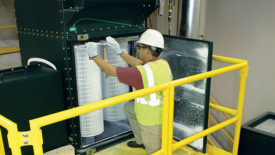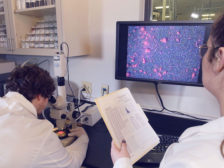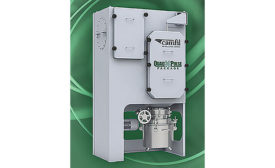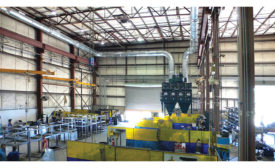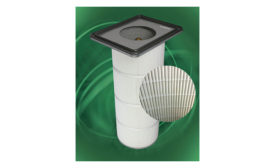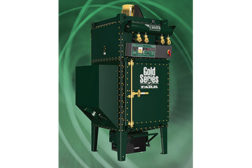Home » Keywords: » dust collector
Items Tagged with 'dust collector'
ARTICLES
New packaged fume and dust collector for metal cutting offers high performance, safety, ease of use
Unit comes fully assembled and pre-wired
November 6, 2014
Never miss the latest news and trends driving the safety industry
eNewsletter | Website | eMagazine
JOIN TODAYCopyright ©2024. All Rights Reserved BNP Media.
Design, CMS, Hosting & Web Development :: ePublishing
